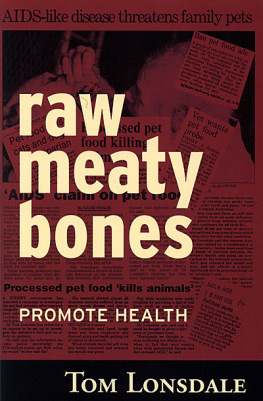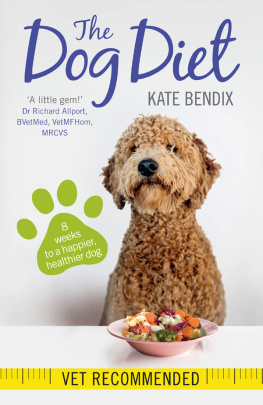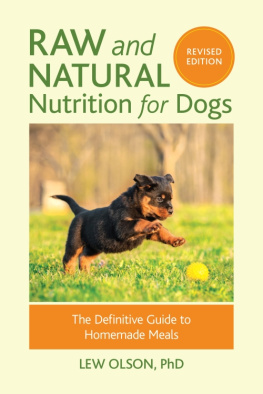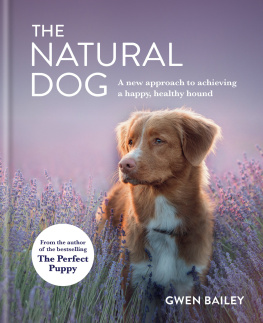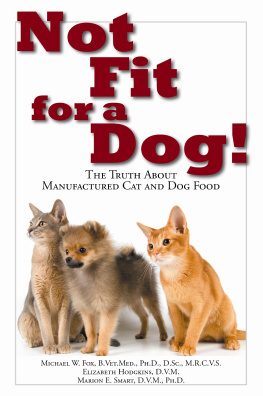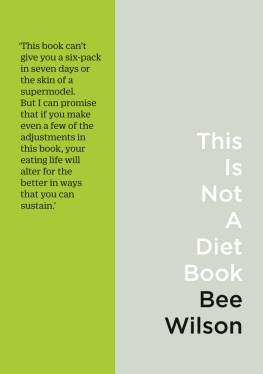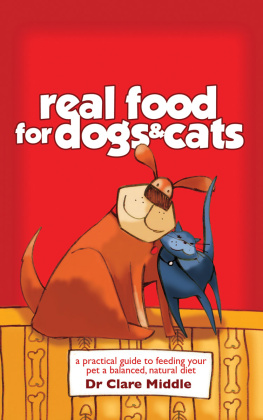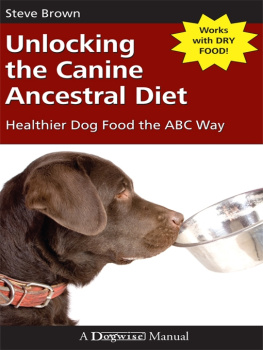RAW MEATY BONES

Copyright Tom Lonsdale 2001
This book is copyright. Apart from any fair dealing for the purposes of private study, research, criticism or review, no part may be reproduced, stored in a retrieval system, or transmitted, in any form or by any means, electronic, mechanical, photocopying, recording, or otherwise without prior written permission. Inquiries to be made to Rivetco P/L.
First published in 2001 by:
Rivetco P/L
PO Box 6096
Windsor Delivery Centre
NSW 2756
Australia
Telephone: +61 2 4574 0537
Facsimile: +61 2 4574 0538
E-mail: rivetco@rawmeatybones.com
Web: www.rawmeatybones.com
National Library of Australia Cataloguing-in-Publication entry:
Lonsdale, Tom, 1949
Raw meaty bones: promote health.
Bibliography.
Includes index.
ISBN 0 646 39624 2
1. Pets - Feeding and feeds. 2. Pets - Nutrition.
3. Pets - Health. 4. Pet food industry - Australia. I. Title.
636.089
This book has been written and published in good faith. However, when dealing with biological systems, for instance the health of animals, problems can occur. The publisher is therefore unable to guarantee that, in every circumstance, the information presented here will be of benefit and neither does the information constitute professional advice upon which you should rely.
If you find errors of fact or interpretation contained within these pages please contact the publisher.

Tom Lonsdale has written this book with his hand on his academic heart. He is refreshingly straight forward in his condemnation of convenience foods for pet dogs and cats.
He was a rumbustious, active-minded student. I have cause to recall one occasion while delivering a final summary lecture on the renal system prior to Membership of the Royal College of Veterinary Surgeons finals, due in eight weeks. I had taken enormous trouble to give not only my own views but included many references for student study. The heavily silent worried students listened, but halfway through there was a bang as someone yes it was T L slammed down the desk top and said in a shattering bold voice of scepticism: I dont believe a word of this. In the ensuing shocked silence of the other 65 students I asked him: Why? He then parried by declaring that I had no proof of the veracity of what I was saying, nor of the references.
We have remained friends ever since tho my career took me through the army in the war, private practice and appointments as Senior Veterinary Officer at London Zoo and senior lecturer Royal Veterinary College, London, where memorably Tom and I first met. It was entirely Australias gain to acquire such an outstanding practitioner who has never taken anything for granted. Indeed it was this very quality that helped him write these informative common sense observations about pet diets, disputing prepared foods and commending the raw meaty bones philosophy. You will learn much from this book and enjoy so doing.
Oliver Graham-Jones FRCVS
CHICHESTER
January 2001
CONTENTS

If you own a dog or cat which you feed with processed food from the supermarket or corner store, you will probably find this book deeply disturbing. But you should read it you owe your pet that much at least.
The book is about what happens to dogs and cats if their diet is inadequate. These days most pet owners give their animals processed pet food. It may seem a convenient way of feeding but such a diet, on its own, is likely over time to cause the pets considerable ill health and suffering. And the signs of the ill health may not be obvious to many owners.
But ask yourself the question: Is it likely that a carnivore a meat eater whose species evolved on a diet of the whole carcasses of other animals, will benefit from bland processed food with never a bone in sight?
The book is also about the fight that some veterinarians who see the problem every day in their surgeries are engaged in to get the issues out in the open. These vets face powerful forces, not just in the pet food industry, and some have put their professional future on the line by taking part in the campaign.
As well, we take a look at some of the scientific issues, the politics and the marketing practices surrounding the pet food industry. These are matters, regrettably, that make the process of reform a long and arduous one.
Finally, we take a short journey into a realm of ideas that may seem strange or unfamiliar, but which help us to see the whole question of diet and health of our pets in a wider context.

The greatness of a nation and its moral progress can be
judged by the way its animals are treated.
MAHATMA GANDHI
Natural diets based on raw meaty bones promote the health of pets, the human economy and the natural environment but, I admit, I used to believe the opposite. As a 1972 graduate of the Royal Veterinary College at the University of London I was trained to believe that pet dogs and cats are best fed on processed food hygienically sealed in cans and packets. Oral disease and dog breath were scarcely considered, being accepted as a commonplace condition of the domestic carnivore. As a student, sitting at the back of the class, it suited me to subscribe to the prevailing orthodoxy.
Fortunately, discussion with colleagues and the hard lessons of practical experience later overturned my faith in the commercial offerings but it took time. There was no Road to Damascus style of conversion but rather a series of events over a number of years. Meanwhile I fought against the creeping realisation after all the majority of my profession still believed in processed foods and the regulatory authorities were known to deal harshly with those who took an independent line. When my inner turmoil finally subsided and the contradictions dissolved I was convinced that I should actively help my clients towards the new understanding.
Where previously diet hadnt featured in my consultations whether for serious disease or routine health checks it was now elevated to a central position. The usual starting point for the discussions involved a consideration of the dental health of the animal patient. Bad breath, unsightly staining of teeth, and sore and bleeding gums were, once pointed out, things that concerned my clients. And for those clients who embarked on the new way of feeding their dog or cat the benefits soon flowed. Gone were the bad breath and bleeding gums and in their stead the pets developed a new vitality.
Of course, we were on the lookout for problems of any kind. Raw bones were said to be responsible for broken teeth, constipation and nasty bacterial diseases. Happily, in the short term, none of those things came to pass. As for the long term no one could be sure because that was in the future. But clients, seeing the short-term benefits, were prepared to trust in the future. My staff and I gained in confidence too. We began to streamline our service and illustrate our message with charts and diagrams.
But if this information on more natural feeding was of benefit to our clients the same could be said for the clients of veterinarians everywhere. However the TV was an ever constant source of artificial pet food ads and the pet food propaganda mill continued to churn within the veterinary profession. Students were actively encouraged to recommend processed food university nutrition lectures frequently being conducted by guest lecturers from the pet food companies. Magazine advertisements and scientific articles extolled the benefits of commercial diets and company-sponsored educational meetings kept veterinarians informed.
Next page
